Open RAN networks offer network architecture options and memory-design options in 5G radios.
5G specifications divide the technology into three categories: Enhanced Mobile Broadband (EMBB), Ultra-Reliable Low-Latency Communication (URLLC) and Massive Machine-Type Communication (mMTC). To accommodate the various vertical applications that these technologies can bring, 5G requires a flexible, software programmable radio-access aetwork (RAN) architecture. To meet requirements, especially those for URLLC and mMTC, 5G incorporates software-defined networks (SDN) and network-function visualization (NFV) into the mix. This flexibility means that the RAN’s components need to perform some processing to handle the RAN functions.
Using network slicing, SDN and NFV dynamically allocate resources to efficiently and effectively create an architecture on-demand that fits the needs of the applications. Furthermore, standardizing makes possible the open and interoperable interfaces and protocols between RAN components.
Open RAN lets operators choose and combine the equipment and software to satisfy their needs and deploy networks without legacy vendor lock-in. The O-RAN specification complements specifications from 3GPP, ONAP and ETSI and aims to create easier interoperability among existing 3GPP RAN interfaces.
- The radio and the baseband processing block
- The CU control plane and the CU data plane
- The CU and the DU disaggregated software from the hardware
- Use general purpose processors for the RAN that allows software from different sources to run on one hardware platform
- Standard processors (e.g., x86, Arm CPUs and GPUs) could run on the Open software
Compared to current RAN, which is provided as an integrated platform, Open RAN creates a multi-supplier RAN system that disaggregates hardware and software with open interfaces and virtualization, hosting software that controls and updates networks over the air. Figure 1 contrasts proprietary versus Open RAN networks.
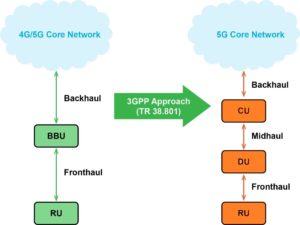
Figure 1. The Open RAN concept separates the Distributed Units and Centralized Unit from a proprietary Baseband Unit, connecting them with open interfaces. Source: Parallel Wireless.
The goal of an Open RAN architecture includes standardizing the following main interfaces and new functions. Standard processors (e.g., x86, Arm CPUs and GPUs) could run on the Open software
To achieve these goals, the O-RAN Alliance (O-RAN) took the 3GPP standards work and set out to create extensions specifically for the RAN. The O-RAN specification provide detailed guidelines for how to build the RAN solution enabling parts from different vendors. In addition, the O-RAN Alliance is defining new interfaces not currently being specified by 3GPP.
As 5G services expand and diversify, Open RAN has begun to appear in commercial 5G networks. In Japan, NEC is currently providing 5G Radio Unit (RU) for Rakuten Mobile’s fully virtualized cloud-native mobile network. The two companies are also jointly developing Rakuten Mobile’s containerized 5G Stand Alone (SA) core network (5GC).
Rakuten Mobile, NEC, and Fujitsu expand upon their domestic collaborations to date to provide 5G and 4G Radios and engineering services for Open RAN systems aligned with O-RAN specifications for global markets, and accelerate the global expansion of the Rakuten Communications Platform (RCP).
Aside from Asia, Vodafone and Qualcomm Technologies have joined forces to develop the technical blueprint for more equipment suppliers to help build the 5G networks of the future using O-RAN technology. The move aims to lower the entry barrier for many companies and drive diversification of network equipment vendors.
When it comes to standardization, it is critical to make sure compatibility among different vendors, even they claim to comply with the same standard. Test labs can perform interoperability tests. In Taiwan, the Ministry of Economic Affairs (MOEA) introduced a new 5G “open lab” in collaboration with Cisco to address the rapidly growing “white box” 5G networking equipment market.
The open lab will be a platform where Taiwanese manufacturers can use Cisco’s cloud-based mobile network to develop their own 5G telecom equipment, such as small-cell base stations, network switches, modems and Internet of things (IoT) devices.
With the open standards and test labs, system designers have more flexible options to adapt 5G relevant products, not being restricted to a specific platform. This could accelerate the deployment of 5G and reduce the cost by more than 20%, according to Rakuten Mobile research. We will take RU architecture as an example.
Figure 2 shows a block diagram of an RU, which consists of two main parts: an FPGA board and an RF module. The RF module performs high-frequency processing through components such as transceivers, PA, and passive components. The FPGA board is in charge of all baseband processing, which consists of traditional ICs, such as an FPGA, Flash memory, and so on. Because of Open RAN standardization, system designers have more options to choose vendors, not limiting to the private bundle. The popular DRAM in RU is DDR2/3 or LPDDR2 and the density of that is 1 GB to 2 GB.
Compared to LPDDR5, LPDDR2 or DDR2/3 usually have smaller densities, which fits more light-computing applications. In an RU environment, baseband processing needs neither high density — more than 8 GB — a mainstream product, nor high-bandwidth dedicated for server-level applications. In addition, choosing LPDDR2 or DDR2/3 could reduce the RU deployment costs.
 Hsiumin Lin graduated from Graduate Institute of Electronics Engineering, National Taiwan University and currently works in DRAM marketing Division, Winbond Electronics Corp as a technology manager. He is responsible for the advanced technology study such as the representative in JEDEC committee meeting. New opportunity survey like automotive application is also exploited. He is the safety manager (ISO26262) in DRAM group of Winbond Electronics Corp.
Hsiumin Lin graduated from Graduate Institute of Electronics Engineering, National Taiwan University and currently works in DRAM marketing Division, Winbond Electronics Corp as a technology manager. He is responsible for the advanced technology study such as the representative in JEDEC committee meeting. New opportunity survey like automotive application is also exploited. He is the safety manager (ISO26262) in DRAM group of Winbond Electronics Corp.

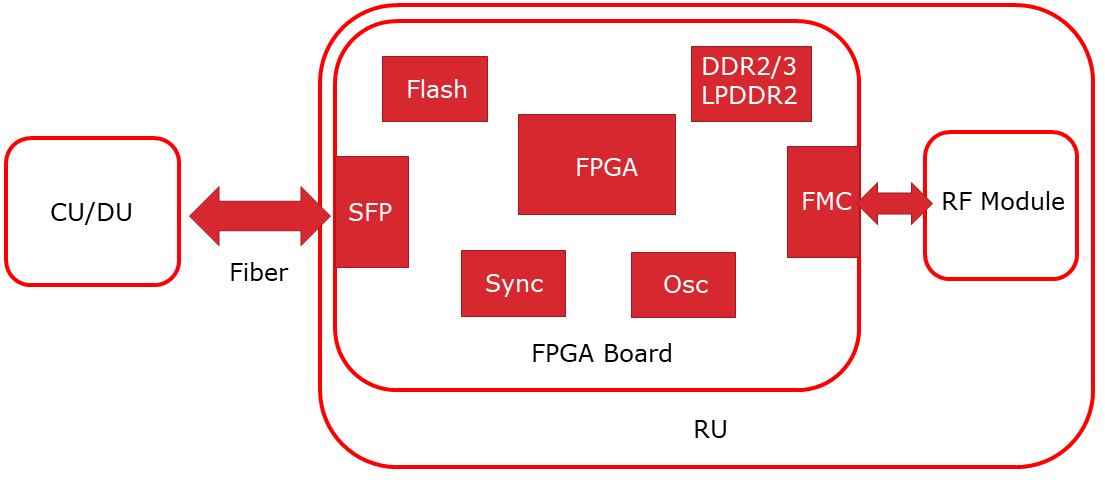
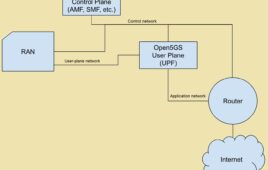
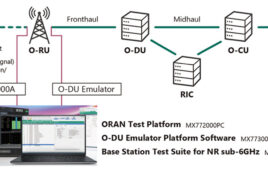
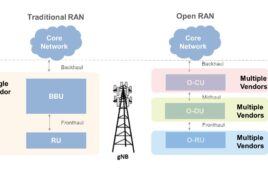

Tell Us What You Think!